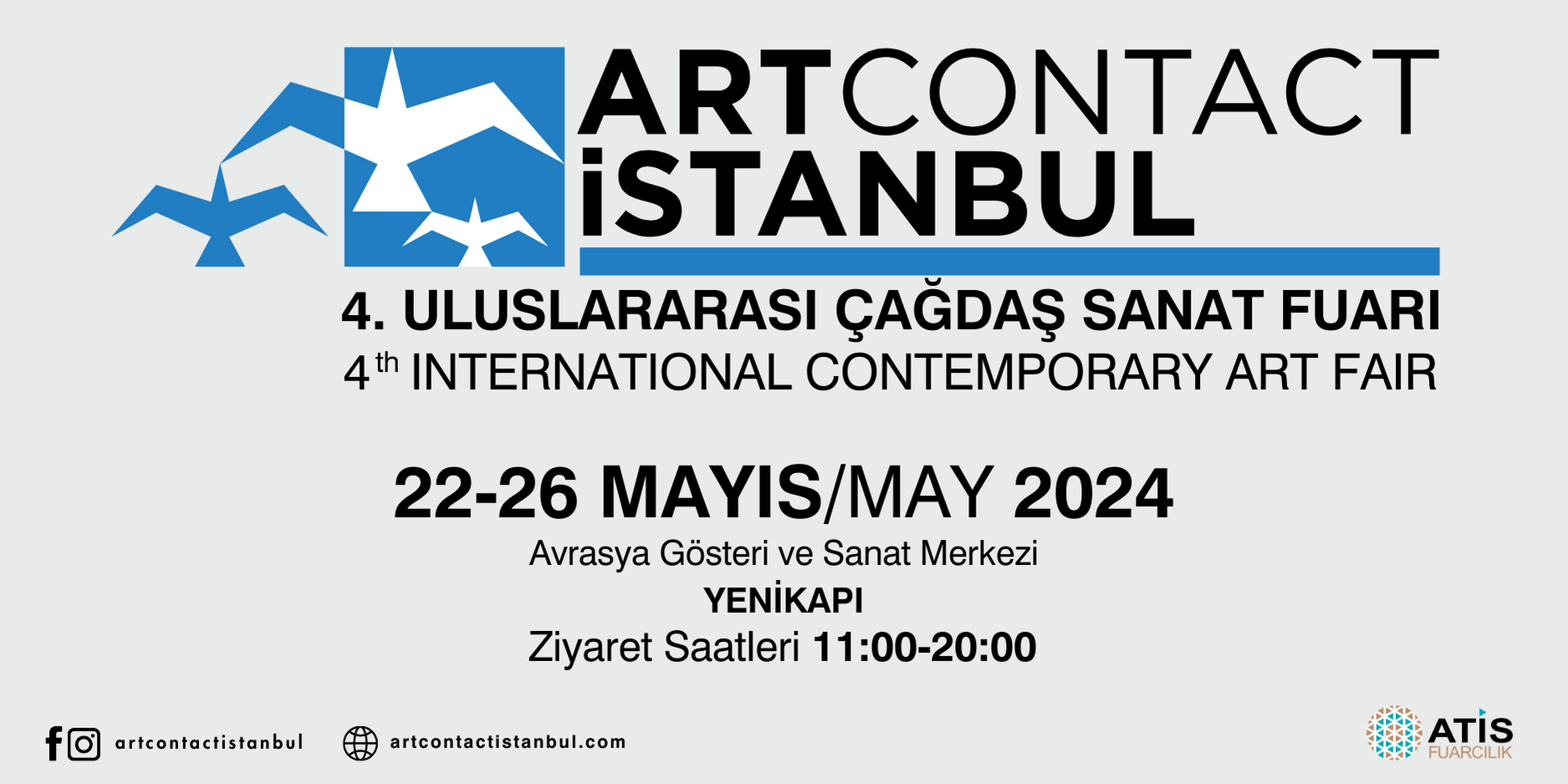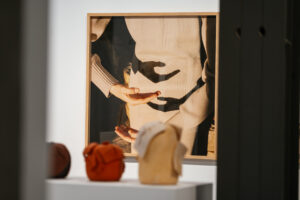Two women were arrested on May 6 at the Centre Pompidou-Metz after they targeted Gustave Courbet’s controversial painting “The Origin of the World” (1866), by spray-painting the words “Me Too” on it.
The painting is covered with glass for protection, police reported that it will undergo evaluation for any potential damage. The painting was on loan from the Centre Pompidou in Paris, where it was featured in an exhibition dedicated to the French psychoanalyst Jacques Lacan. who possesed it.
The women involved were identified as performance artists. Two artists have been collaborating with artist and activist Deborah de Robertis. Deborah de Robertis has previously garnered attention for her nude appearances in front of iconic artworks like Édouard Manet’s “Olympia” (1863) and the Mona Lisa, using these acts as forms of performance-protest.
Performance artist De Robertis organized the action as part of a performance work called You Don’t Separate the Woman from the Artist. The title is an apparent nod to ongoing debates surrounding whether art can be appreciated regardless of the ill actions of the creator—specifically, men who are abusive towards women.
De Robertis said her piece is a feminist performance, and she created it because “the very closed world of contemporary art has remained largely silent until now.” She also denounced the behavior of men described as “predators” in the art world, citing the art critic and curator Bernard Marcadé, who co-organized the Centre Pompidou-Metz exhibition.
Following the incidents, the activists were dragged away by security guards while chanting “Me Too.”
“With all due respect to feminist movements, we are shocked to see the vandalization of works by artists, particularly feminist artists, who are at the heart of struggles in the history of art,” said Chiara Parisi, director of the Centre Pompidou-Metz. “We condemn acts of vandalism against artworks conserved and presented in museums, which also target the frontline staff.”
Story of the L’origine Du Monde
Many controversial stories have arisen around the painting. However, the latest documentaries and research show that Ottoman diplomat Halil Şerif Pasha, known as Khalil Bey, commissioned the painting. Khalil Bey was known for his love of art and started one of the first modern art collections in the Ottoman Era. Some also link the painting with Constance Quéniaux, a f dancer at the Paris Opera, and it was said that she was the mistress of Khalil Pasha.
It’s said that Charles Augustin Sainte-Beuve facilitated their introduction, leading Pasha to commission the painting to augment his personal collection of erotic artworks, which already featured Ingres’s “Le Bain turc” (The Turkish Bath) and another Courbet piece, “Le Sommeil” (The Sleepers), for which it is speculated that Joanna Hiffernan was one of the models.
Having a lavish life in Paris, Bey’s financial situation entered a downfall, and he had to sell his collection in 1868 and the painting passed through several private collections. It was purchased by antique dealer Antoine de la Narde.
In 1889, Edmond de Goncourt stumbled upon it in an antique shop, concealed behind a wooden panel. According to Robert Fernier, the author of two volumes of the Courbet catalogue raisonné and founder of the Musée Courbet, Hungarian collector Baron Ferenc Hatvany acquired the painting at the Bernheim-Jeune gallery in 1910 and transported it to Budapest.
Towards the end of World War II, Soviet troops looted the painting, but it was later redeemed by Hatvany. Departing Hungary amidst the Communist upheaval in 1947, Hatvany was permitted to take only one artwork with him, choosing “L’Origine du Monde” to accompany him to Paris. In 1955, “L’Origine du monde” was auctioned for 1.5 million francs by renowned psychoanalyst Jacques Lacan.
After Lacan died in September 1981, the painting was transferred to Musée d’Orsay.














